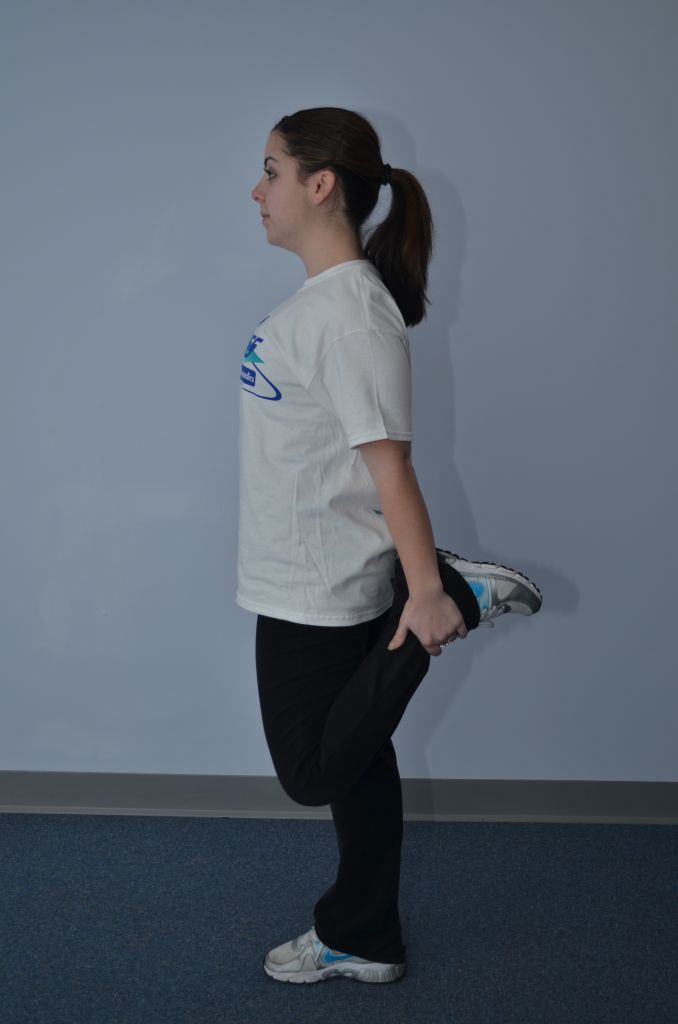 When warming up an athlete, the strength professional should assess which stretches will be the most sport-specific and beneficial. For example, a baseball player will need more shoulder mobility opposed to a soccer player.
When warming up an athlete, the strength professional should assess which stretches will be the most sport-specific and beneficial. For example, a baseball player will need more shoulder mobility opposed to a soccer player.
There are two types of stretches one can do before and after a workout: dynamic and static stretching. Access Acceleration’s Director of Fitness, Craig Favara, discusses the pros and cons to each when attempting to both warm up and prevent injury.
A dynamic warm-up is a safe and effective way for the athlete to improve blood circulation, activate the nervous system, increase range of motion (ROM) and mimic the athletic movements they are about to be exposed to during the strength regime. There is no concrete evidence that stretching actually helps with injury prevention, but if the athlete is able to train in a larger range of motion, then that will only serve them well in their sport. Since there is no proof that the dynamic warm-up actually reduces power output, this is usually a favorable choice for coaches and trainers when it comes to implementing a warm up. When emphasizing ROM, it’s important that the movements focus on mobility and activation drills. This is crucial because, if done correctly, it is a creative tool for enhancing athletic performance.
Static stretching should be used by every individual that plans on taking part in any athletic event. However, it should be avoided if your goal is long-term flexibility. Static stretching will improve short-term mobility but not long-term flexibility. Another risk factor is the increase of injury if this warm-up is not taking seriously and rushed. A lot of these movements are foreign to beginners, so the cueing and technique should be reviewed before anything else.
A static stretch is when you hold a stretch for one to two minutes. It’s a great way to build stability and it can help with joint ROM. Static stretching does not create a large stress response and is often times found to be more relaxing then strenuous. It is also considered a much safer version of stretching and can relate to more people; it also reduces power output. Therefore, static stretching before resistance training or competition is frowned upon. The other issue with doing a full body static stretching routine is the time. It typically takes 10x longer to achieve a full body static stretching routine as it does a dynamic warm up. My recommendation is to see a qualified yoga instructor if you are going to take a crack at static stretching. This way, the professional can assess and correct your imbalances along with culturing you on the proper technique. Here at Access Sports Medicine, we have Carter Siegel M.Ed, RYT 500. She teaches yoga therapy in private and group settings to people with all levels of ability.
Both dynamic and static stretches are beneficial when used in the correct setting. But if you are new to either of these styles, then you should seek out a trained professional and get a helping hand, as it will save you a lot of wasted time. Once these movements become cookie cutter, then you are doing yourself a disservice.


